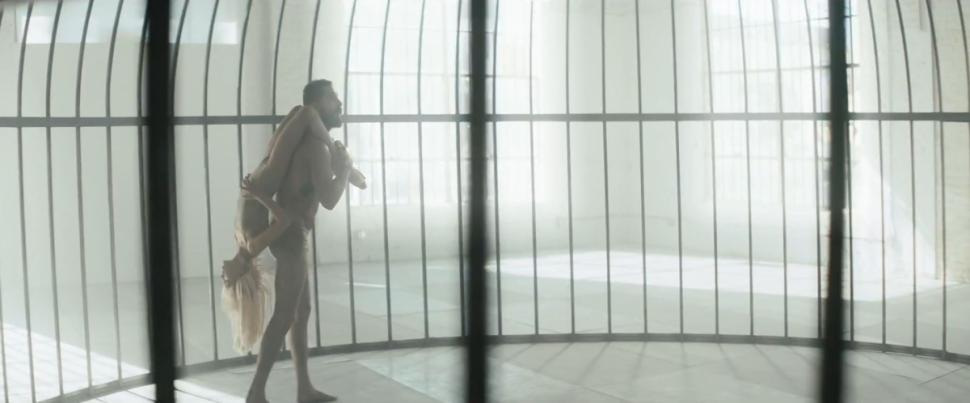Sia’s newest avant-garde offering stirs controversy
The briefest, most understated summary would include the following: a 12-year-old dance prodigy, a 28-year-old actor-cum-delinquent-cum-performance artist, skintight flesh-toned suits, a birdcage, and about five minutes of interpretive, contemporary dance. Or are they spontaneous convulsions? This, and all other aspects of the video, are hard to clearly and confidently define.
After the release of the music video for “Chandelier” earlier in 2014, Sia solidified herself as an ambiguous, faceless performer with a taste for envelope-pushing music videos. Featuring Maddie Zeigler (the “face” of the operation) and Shia LaBoeuf, the video boasts not only a remarkable physical display, but a stirring emotional one as well.
Comments arose with a fervor as the video was shared over social media and aired on mainstream networks. Scores of restless and confused viewers claimed that the video implied “pedophilia,” citing the age difference and the obscure or “creepy” movements between the two performers.
In response, Sia came forward and made a public apology for the video, although she had previously stated on Twitter that the video represented the inner struggle between her “2 warring ‘Sia’ self states.”
Since the apology, the video has undergone a number of lengthy and analytical responses by “experts,” both certified and self-appointed. With interpretations exploring concepts like “inner struggle” and “father-daughter conflict,” there is still a resounding sense of confusion and suspicion surrounding the singer’s opus.
However, pausing for a moment to un-clutch our pearls and untwist our knickers, we have to consider why everyone is so unsettled. In fact, there is ample evidence that Sia is bringing artistry and integrity back into the music video medium, but viewers are very likely turned off by things they can’t wrap their head around. Shia LaBoeuf and a reality show wonderchild embroiled in an emotional onscreen “body battle” are no exception.
Are they a little closer than what’s deemed “acceptable” by social norms? Probably. Is LaBoeuf still trying to compensate for his public missteps? Possibly. Is the video implicitly sexual or perverse? Maybe in some people’s eyes. Do some extremists insist on reading it as Illuminati propaganda? Yes, in the perfect example of how to waste both time and energy.
But the negative reactions to the video have less to do with its content and/or contributors, so much as the fact that it tests people. Music videos, especially as of late, are three to five minutes worth of illustrative, complimentary images that don’t usually require much attention. Women, cars, blatant displays of luxury and hedonism consume the airwaves. Whether you watch intently or passively, the message remains the same: materialism is paramount.
Sia’s video is the opposite; stark, confrontational, and riveting, it challenges viewers to dig deep and accept a sort of visual or artistic “chaos.” Like most forms of modern and/or performance art, the video requires a lot of introspection and questioning. Unlike most other music videos, it doesn’t offer a fantastical or outlandish escape from “reality.”
It is raw, and like life coach Diane Passage wrote in a piece for The Huffington Post: “the cage, the fight, the moments of peace, the emotions, the inability to control, the desire for control, the highs, the lows, and more are feelings, ideas and states that most of us can relate to in our everyday lives.”




